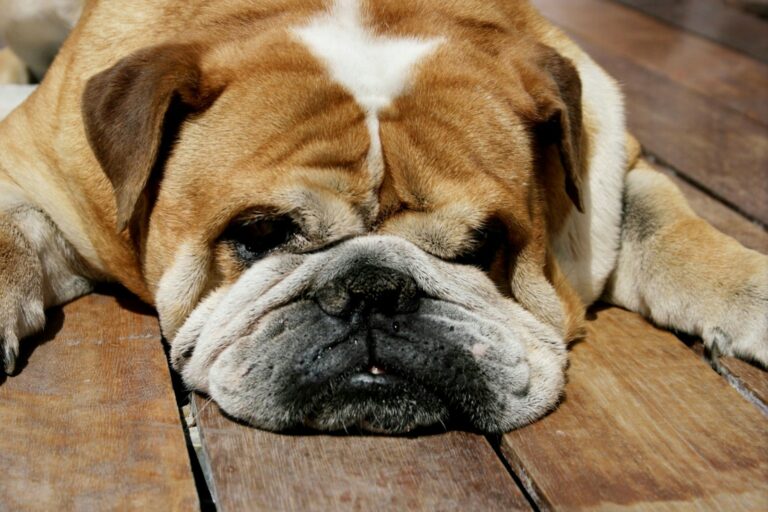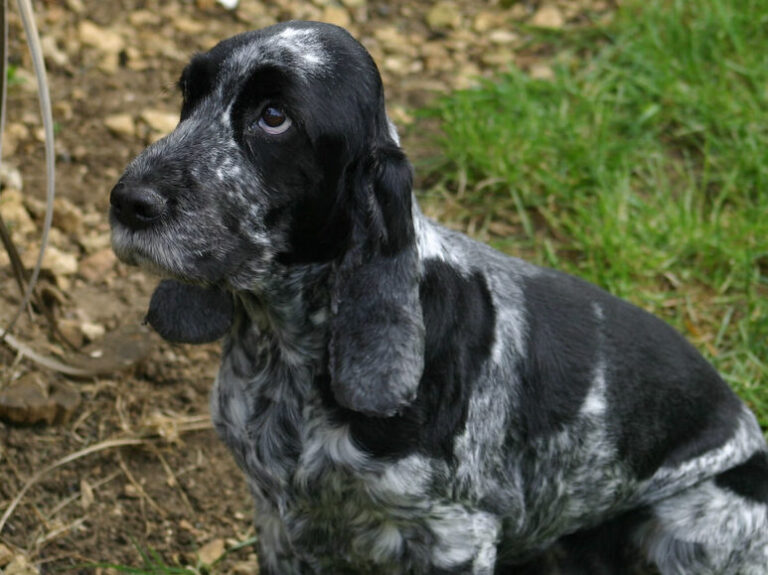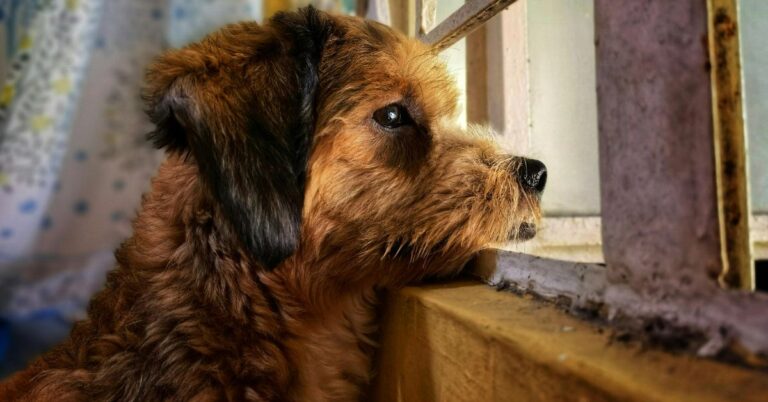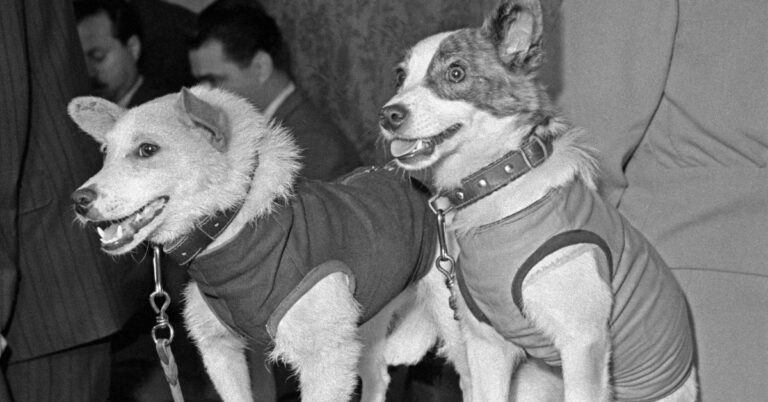15 Dog Breeds That Are the Most Prone to Obesity
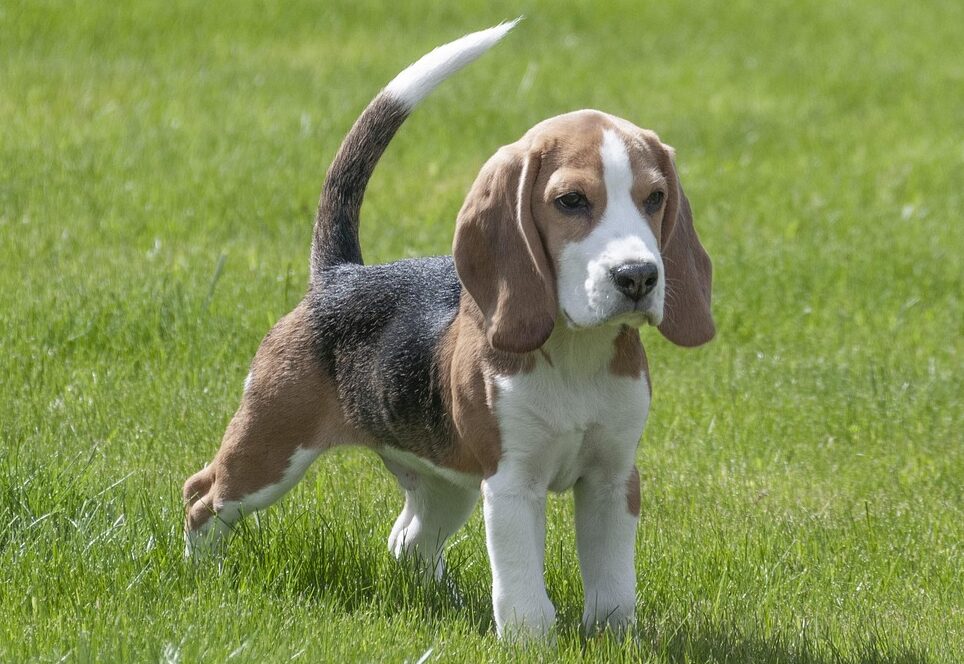
Just like humans, some dogs are more likely to gain weight than others. Certain breeds have slower metabolisms, lower activity levels, or just love to munch a little too much. If you have one of these breeds, keeping an eye on what they eat is extra important. Here are 15 dog breeds that are most prone to obesity.
Labrador Retriever – Always Hungry, Always Begging
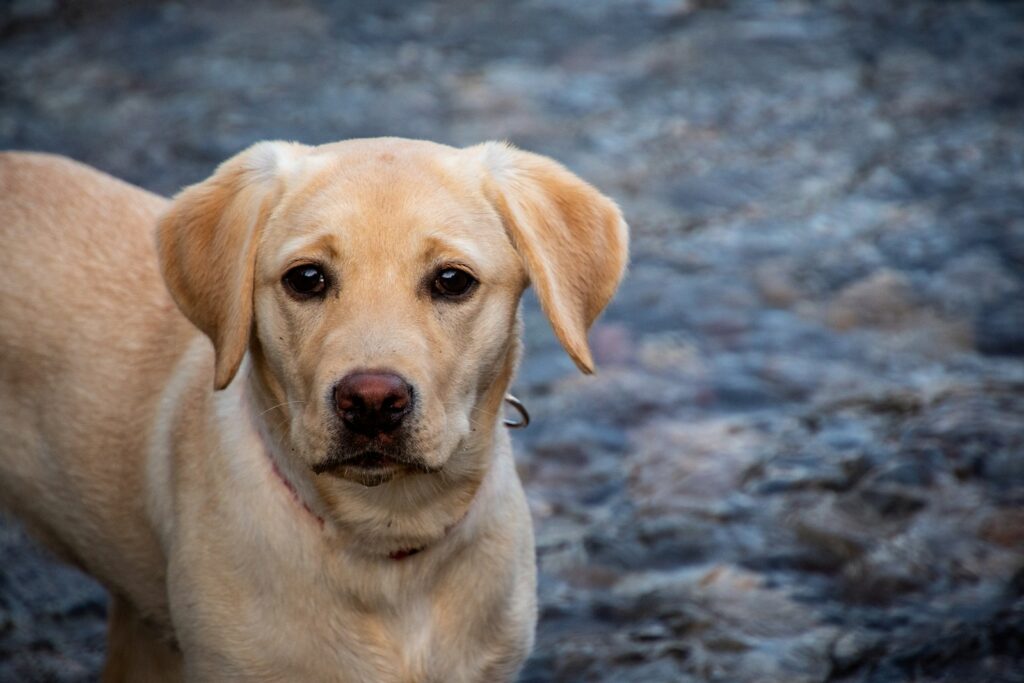
Labradors love food. In fact, many Labs have a genetic mutation that makes them feel hungrier than other dogs. That means they’re always looking for their next meal (or snack) and can be pros at begging. Combine that with their affectionate nature—who can resist those puppy eyes?—and it’s easy to see why they often gain extra weight. The trick? Stick to measured meals and use low-calorie treats when training.
Beagle – A Nose for Snacks
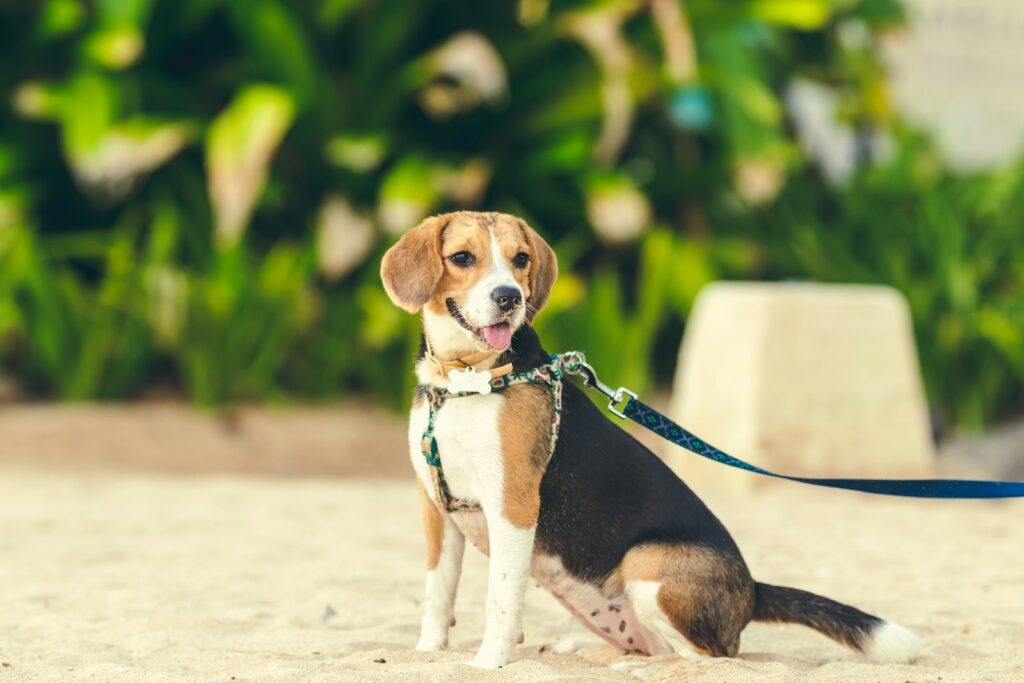
Beagles were bred for hunting, which means their noses are incredibly powerful. Unfortunately, that means they can sniff out food anywhere—whether it’s on the kitchen counter, in the trash, or hidden in your bag. They’re also little escape artists who will raid cupboards if given the chance. Keeping food out of reach and giving them lots of exercise helps keep their weight in check.
Bulldog – Built for Relaxation
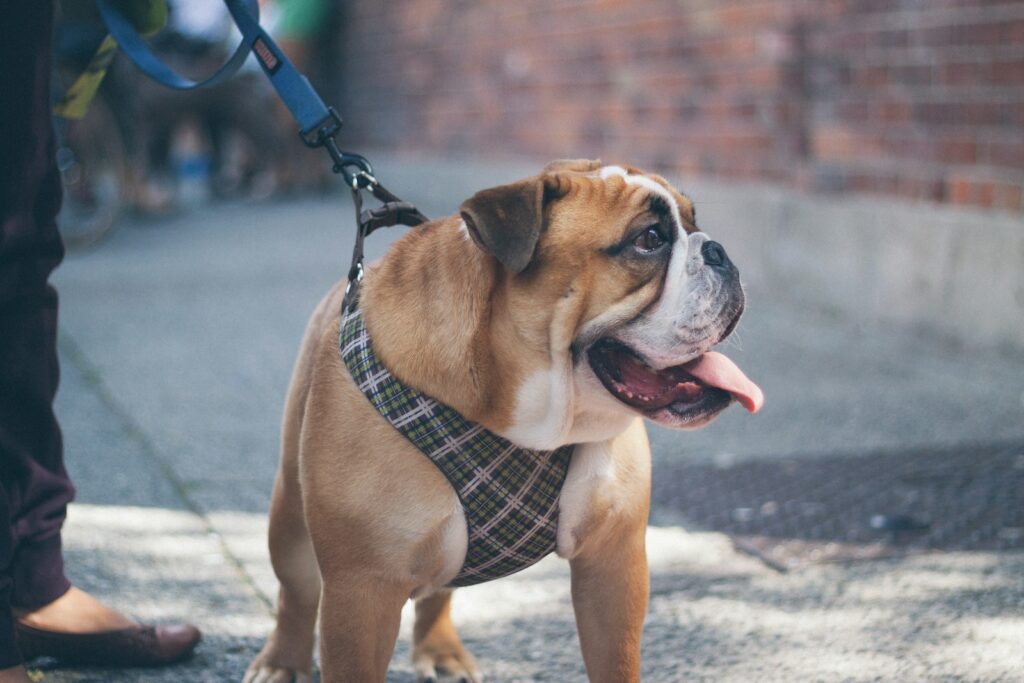
Bulldogs are natural couch potatoes. Their stocky build, combined with their low energy levels, means they don’t burn calories as quickly as other breeds. Plus, their short noses make breathing harder, so they can’t exercise as much as high-energy breeds. The solution? Short but regular walks and portion-controlled meals.
Pug – Loves Food More Than Exercise

Pugs live for food—and they aren’t shy about letting you know it. Their round bodies may look cute, but extra weight can be dangerous, especially since their short snouts already make breathing difficult. They also tend to be a bit lazy, preferring a cuddle session over a workout. Fun, low-impact activities like indoor obstacle courses or gentle play sessions can help keep them fit.
Cocker Spaniel – A Master at Guilt-Tripping
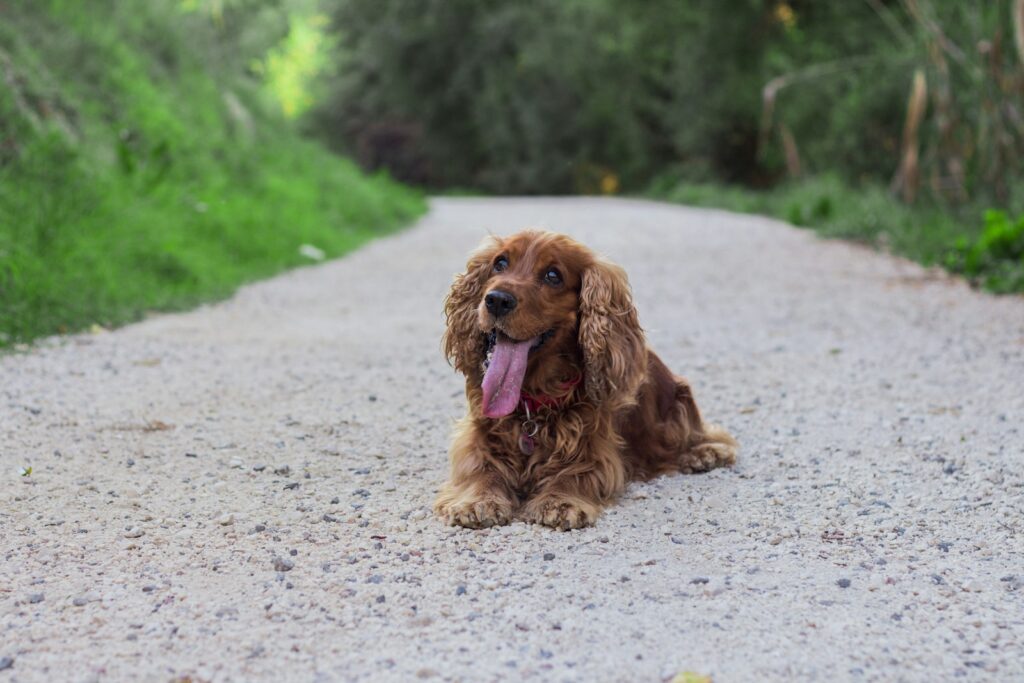
Cocker Spaniels have those big, soulful eyes that make it almost impossible to say no when they beg for food. But their metabolism isn’t as fast as some other breeds, so even a little extra food can lead to weight gain. They also have a tendency to become less active as they age, which makes managing their diet even more important.
Dachshund – Extra Weight, Extra Back Problems

With their long bodies and short legs, Dachshunds are prone to spinal issues—and being overweight only makes things worse. Even a few extra pounds can put strain on their backs, increasing the risk of serious conditions like intervertebral disc disease (IVDD). Regular walks and keeping their food portions small can help protect their health.
Basset Hound – Slow and Steady (and Sometimes Too Slow)
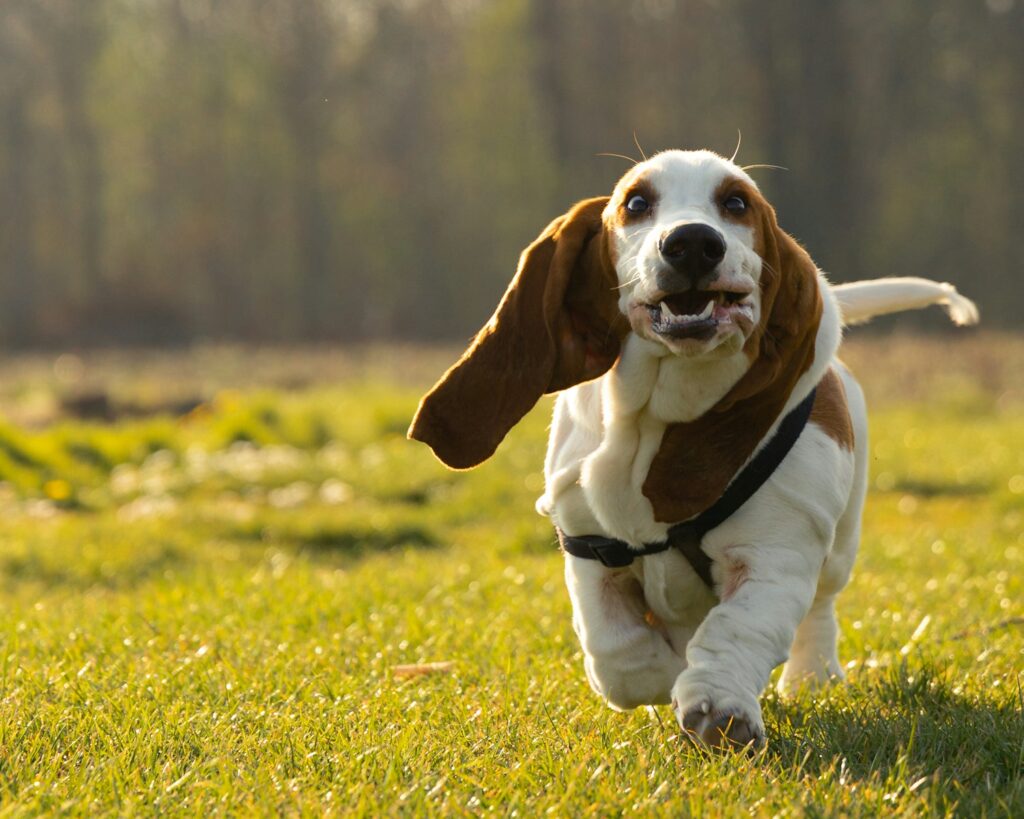
Basset Hounds love to eat, but they aren’t exactly the most energetic breed. With their short legs and laid-back attitude, they don’t burn calories as fast as other dogs. Since they’re prone to joint problems, extra weight can make moving even harder. Regular (but gentle) exercise, like slow walks and swimming, can help keep them in shape.
Boxer – A Big Appetite in a Muscular Body
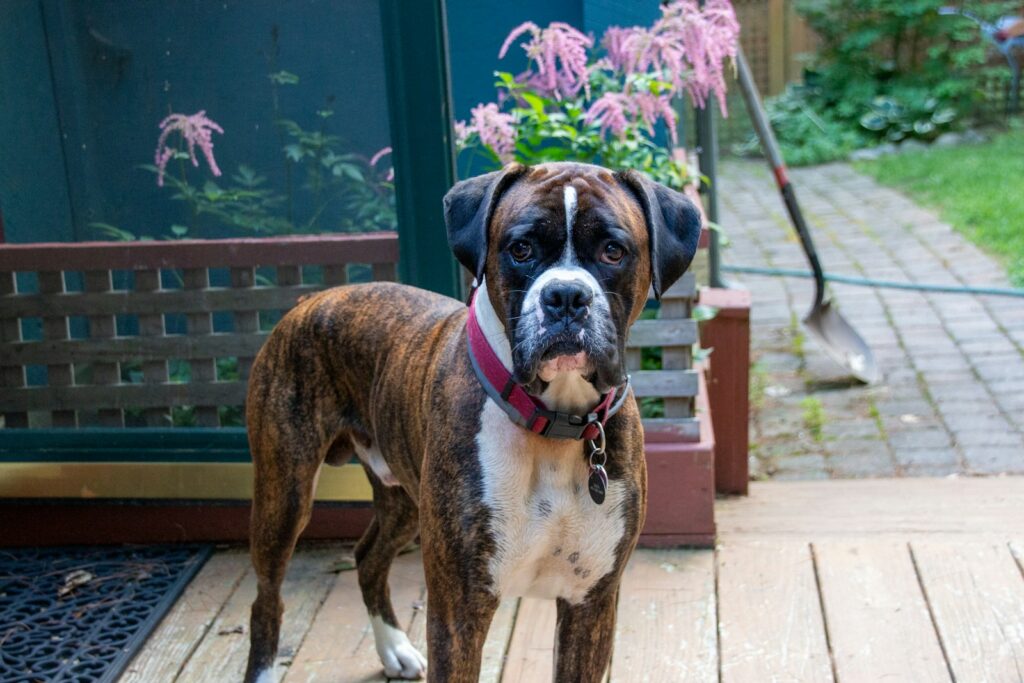
Boxers are naturally athletic, but they also love food. If they don’t get enough exercise to balance out their hearty appetites, they can gain weight quickly. Since they’re prone to heart issues, keeping them fit is extra important. The best way? High-energy activities like running, agility training, or playing fetch.
Golden Retriever – Loves Food and People Pleasing
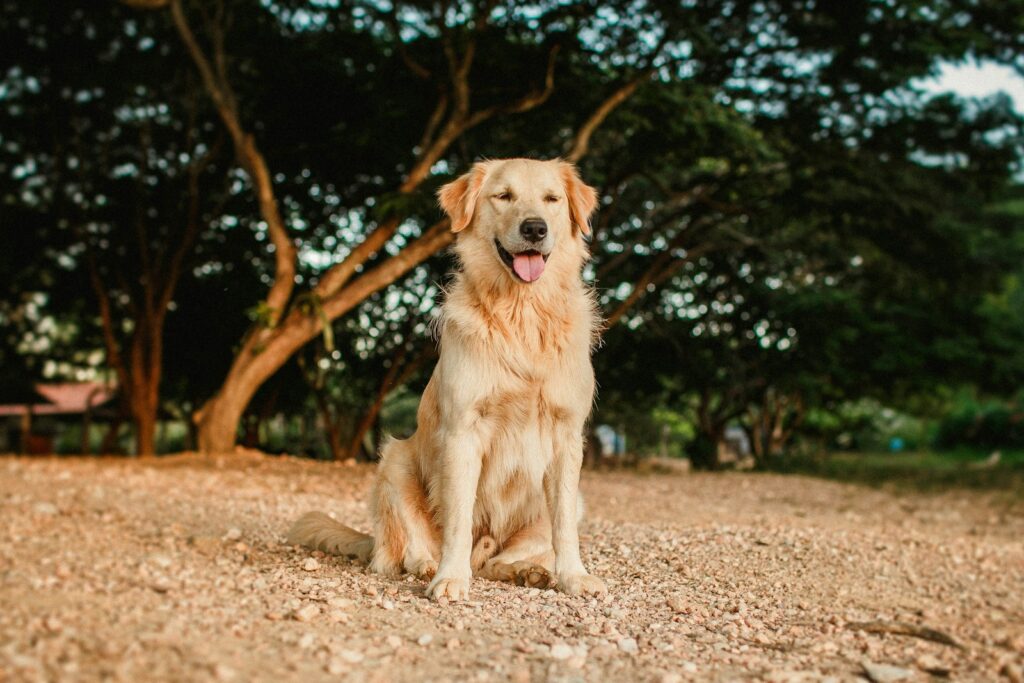
Golden Retrievers are sweet, friendly, and eager to please—which often means they get a lot of treats as rewards. But since they’re prone to joint issues like hip dysplasia, carrying extra weight can be especially harmful. The trick? Swapping out high-calorie treats for things like baby carrots or green beans can help keep them slim without ruining their fun.
Chow Chow – More Nap, Less Exercise
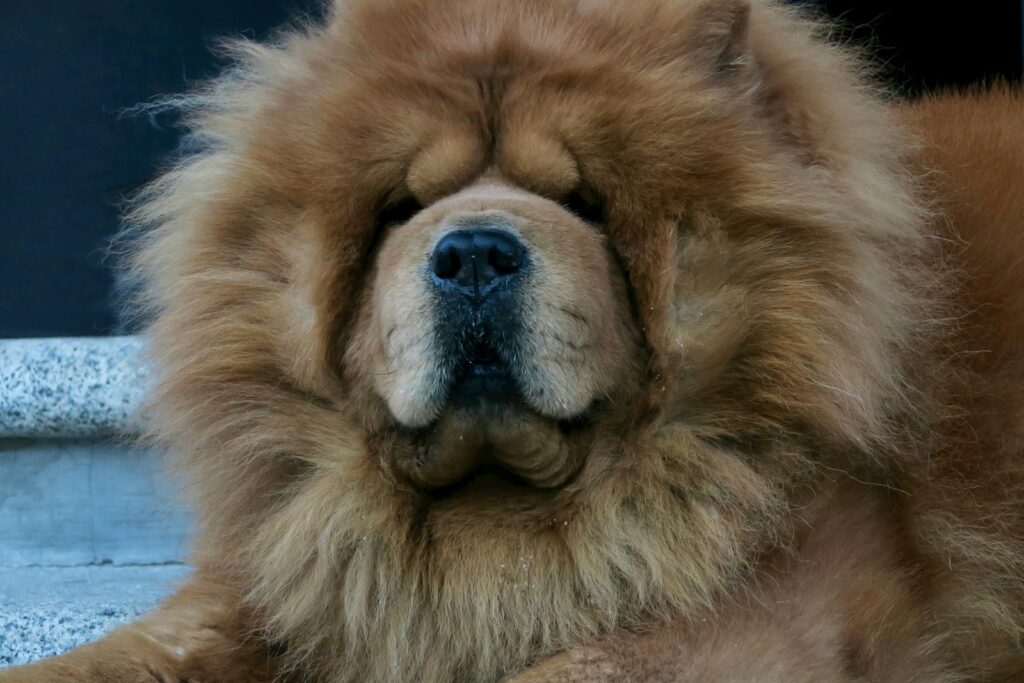
Chow Chows have thick, fluffy coats that can hide weight gain, making it harder for owners to notice when they’re getting chubby. Plus, they have an independent (and sometimes lazy) nature, meaning they aren’t always eager to exercise. Regular weigh-ins and scheduled exercise help keep their weight in check.
Saint Bernard – A Giant That Gains Fast
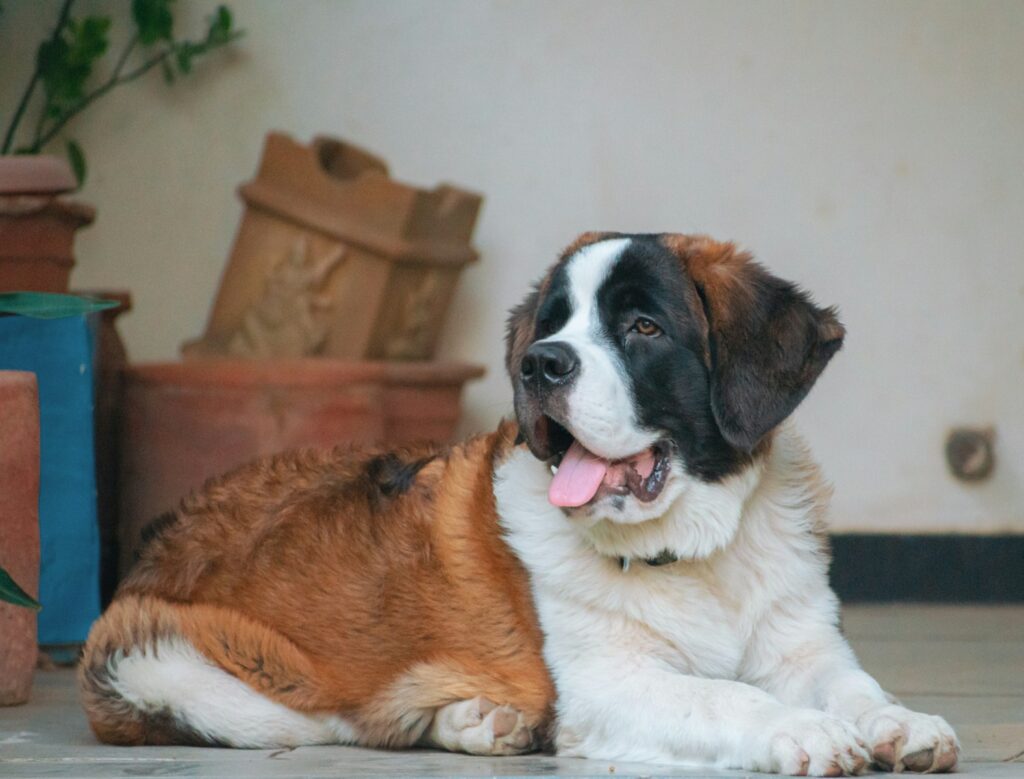
Saint Bernards are massive, and that means even a little extra weight can add a lot of stress to their joints. They also aren’t as high-energy as some other big breeds, so they don’t burn calories as quickly. Feeding them the right portions and making sure they get low-impact exercise (like swimming) can help prevent obesity.
Newfoundland – Heavyweights in More Ways Than One
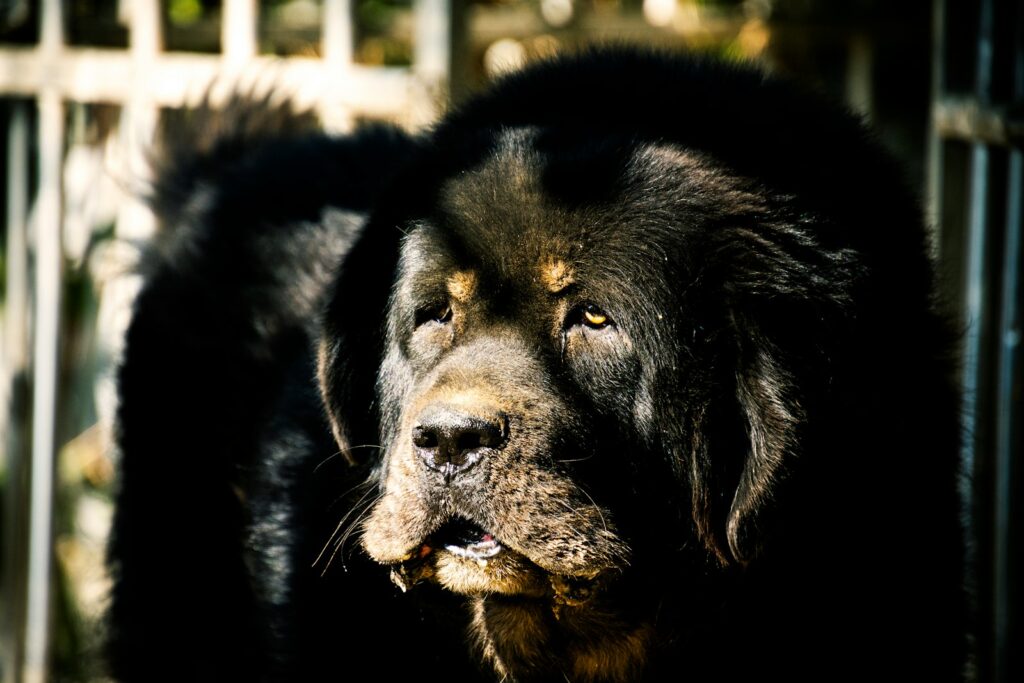
Newfoundlands are another giant breed that’s naturally big-boned, but they can still become overweight if overfed. Since they’re prone to heart disease, it’s important to keep their weight under control. Regular swimming—one of their favorite activities—is a great way to keep them fit. Maybe you’ll also get great at swimming by joining your pup.
Scottish Terrier – Small but Sturdy (and Snack-Loving)
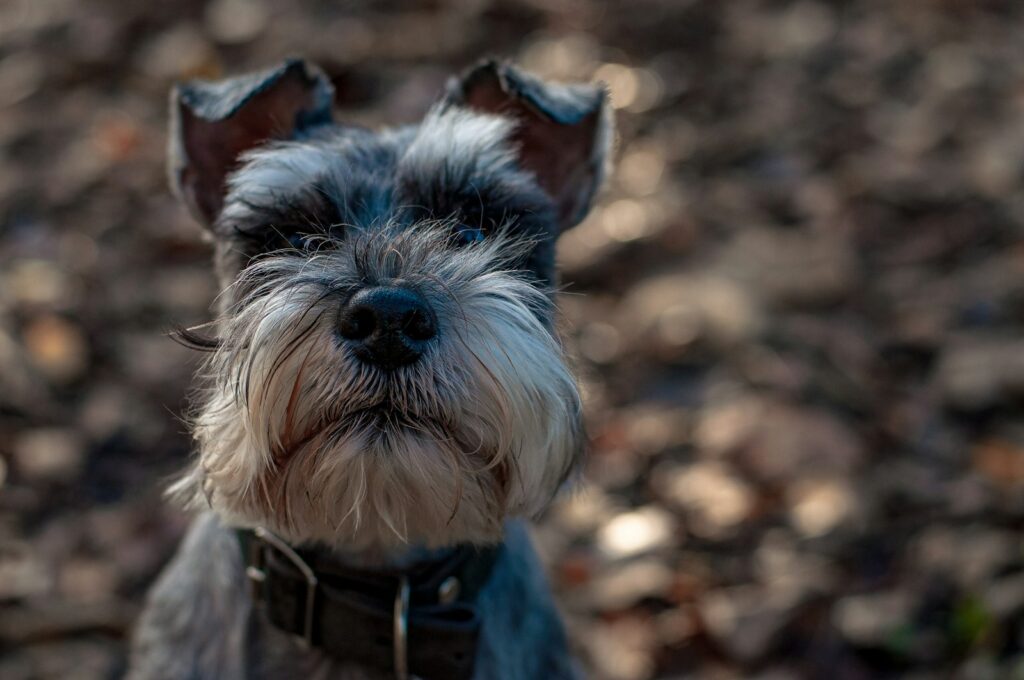
Scottish Terriers may be small, but they have a big appetite. They also have a stocky build, so even a little weight gain can make them look pudgy. Since they aren’t the most active breed, controlling their diet is crucial. Measuring meals and keeping treats to a minimum can help prevent excess weight.
Cavalier King Charles Spaniel – Prefers Cuddles Over Cardio
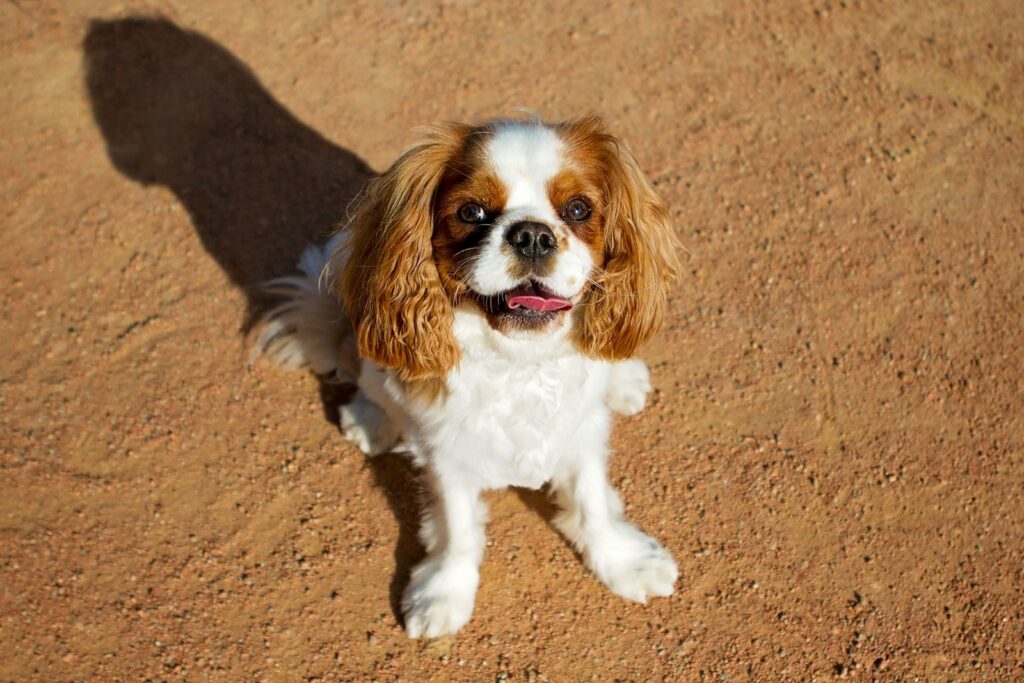
These little dogs love to be lap warmers. While their affectionate nature is adorable, it also means they don’t get as much exercise as they should. Cavaliers are prone to heart disease, so keeping them at a healthy weight is essential. Encouraging short, playful activities can help keep them moving.
Rottweiler – Big, Strong, and Prone to Weight Gain
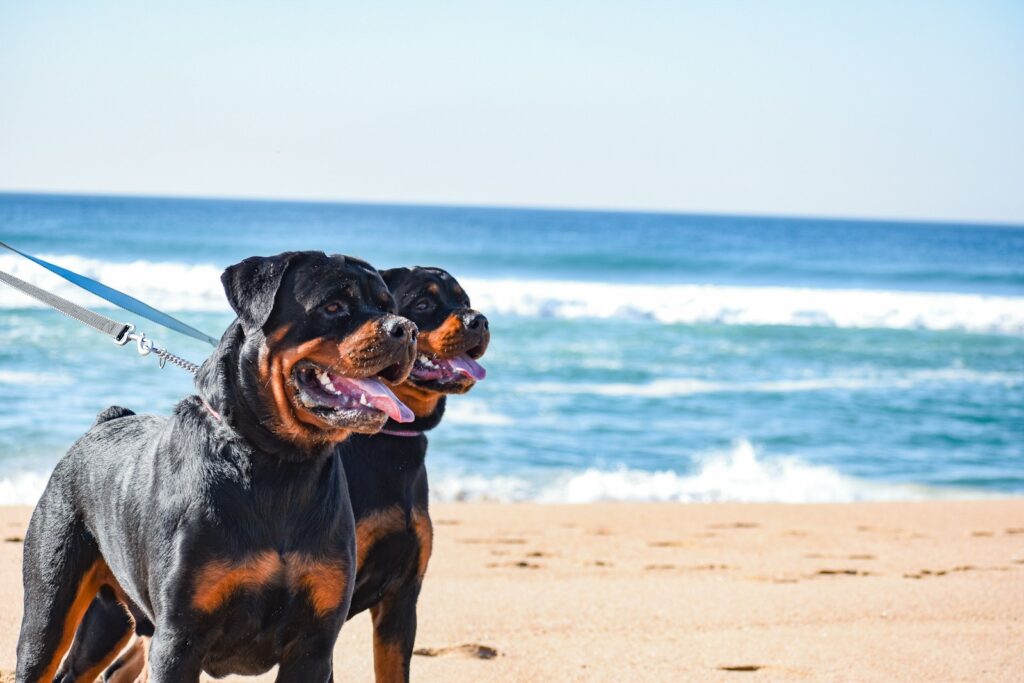
Rottweilers are naturally muscular, but they can easily put on too much weight if they aren’t exercised regularly. Since they’re prone to joint issues, carrying extra pounds can make movement painful. Long walks, hiking, and play sessions can help keep them fit and strong. But be careful when training them…. they’re guard dogs and can get pretty aggressive.
